The 21st edition of the FIFA World Cup will be hosted in Russia. Russia is the largest country in the world by area, stretching to over 6,000 miles, and its sprawling landmass will play host this year to the biggest sporting tournament in the world.
The estimated budget to host this global competition is conservatively pegged at $11 billion. The 64 games tournament will be played in 12 stadiums across 11 cities. Some of these venues were newly built for this tournament or renovated.
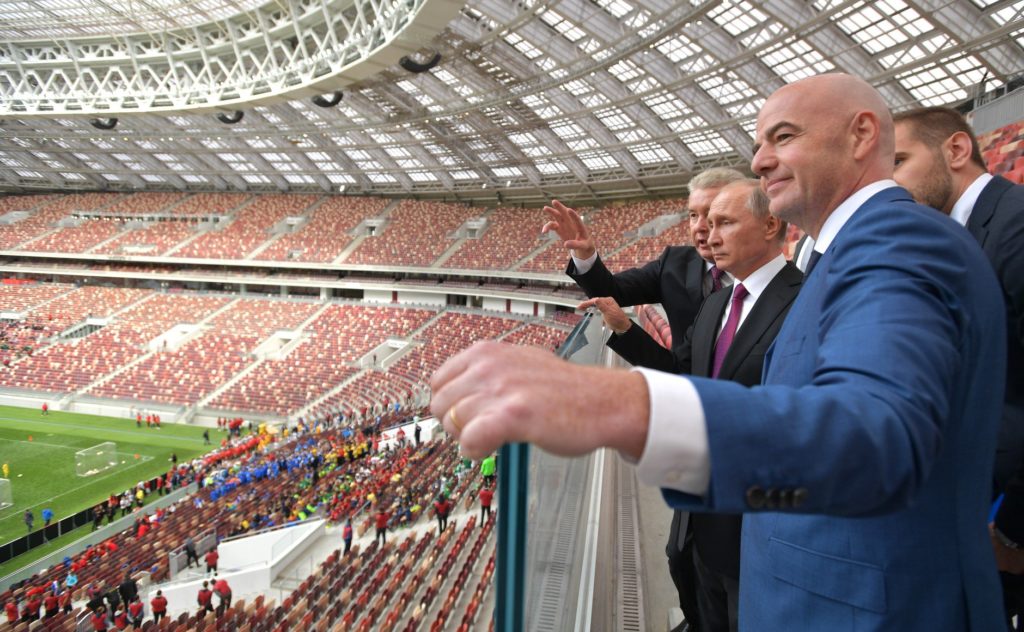
We shall provide some important information about these venues and host cities. We begin with the opening game venue;
LUZHNIKI STADIUM, MOSCOW
Luzhniki is the national stadium of Russia and it is located in Moscow. Its total seating capacity of 81,000 makes it the largest football stadium in Russia and one of the largest stadiums in Europe. The stadium is a part of the Luzhniki Olympic Complex, and is located in Khamovniki District of the Central.
Luzhniki stadium will host the opening (Russia v Saudi Arabia) and final game of the FIFA World Cup. In addition, it would host three other group games (Germany v Mexico, Portugal v Morocco, Denmark v France), a Round of 16 game (Group B winner v Group A runner-up) and the second Semi-final.
OTKRITIE ARENA, MOSCOW
Otkritie Arena is a multi-purpose stadium in Moscow, Russia. It is used mostly for football matches, hosting the home matches of Spartak Moscow and occasionally the Russian national team. It will be called Spartak Stadium the 2018 FIFA World Cup. The stadium is designed with a capacity of 45,360.
Spartak stadium will host five games during the World Cup. Four group matches (Argentina v Iceland, Poland v Senegal, Belgium v Tunisia, Serbia v Brazil) and a Round of 16 game (Group H winner v Group G runner-up).
Moscow is a dream come true for many Russians, anything seem possible in the nation’s capital. Red Square is arguably Moscow’s most visited attraction. St Basil’s Cathedral onion-shaped domes were designed to make the building look like the shape of a flame on a bonfire. GUM is Russia’s main department store with various varieties from luxurious Christian Dior to the more affordable Zara. Even if shopping is not on your to-do list, the GUM is still worth a visit; the glass-roofed arcade faces Red Square and offers a variety of classy eateries. Gorky Park is Moscow’s premier green space. It offers entertainment for every taste: outdoor dancing sessions, yoga and fitness classes all summer, as well as beach volleyball and ping-pong, rollerblading, skateboarding and cycling opportunities.
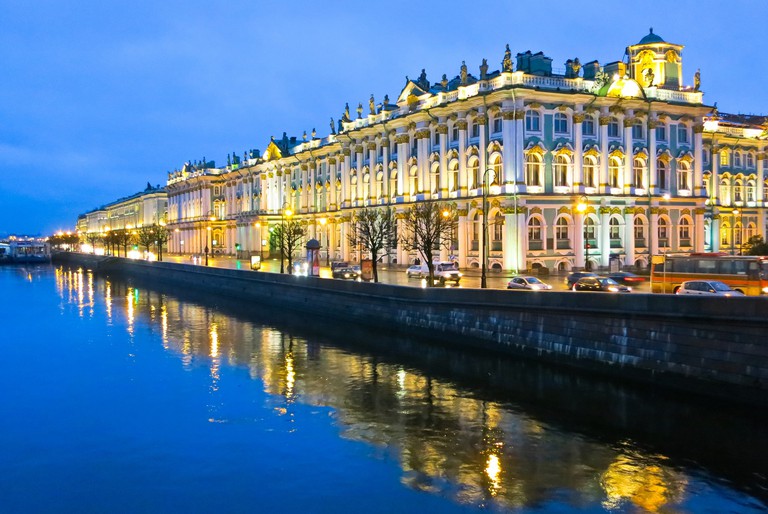
KRESTOVSKY STADIUM, SAINT PETERSBURG
Krestovsky Stadium is a retractable roof stadium in the western part of Krestovsky Island in Saint Petersburg, Russia. It is serves as home for FC Zenit Saint Petersburg. The stadium was opened in 2017 for the FIFA Confederations Cup and has a capacity for 67,000.
Russia’s second city is also a destination rich in culture and steeped in history, and for the classics lover, it is unmissable. Nevsky Prospekt is the central hub of Saint Petersburg. It is the center for shopping, sightseeing and dining. One of the largest art galleries in the world is the Hermitage Museum. Take a cruise down the Neva River, admire mosaics at the Church on Spilled Blood. You can listen to classical music at the Philharmonic. Rubinsteina Street is filled with restaurants and bars, it is the best place to explore Saint Petersburg nightlife.
The Saint Petersburg stadium will host seven games during the World Cup. Four group matches starting with Morocco v Iran, Russia v Egypt, Brazil v Costa Rica and Nigeria v Argentina. In addition, a Round of 16 match (Group F winner v Group E runner-up), the first Semi-final and Third Place match will be played in Saint Petersburg.
KAZAN ARENA, KAZAN
Kazan Arena is one of the stadiums for the FIFA World Cup, it is situated in Kazan, Russia with a capacity for 45379. The stadium hosted the 2013 Summer Universiade opening and closing ceremonies and has the largest outside screen in Europe.
The Kul Sharif Mosque is one of the places to visit in Kazan. This mosque was destroyed by Ivan the Terrible in 1552 but was rebuilt in 2005. The museum inside the mosque focuses on the history of Islam in the Volga region. The Suyumbike Tower is another historical place to visit. According to local folklore, Princess Suyumbike threw herself off the top of the tower to avoid having to marry Ivan the Terrible, however it is estimated that the tower was built over a hundred years after Ivan stormed Kazan. Kazan is the land of comfort foods, such as soups, dumplings, lashes of mayonnaise and pancakes, Russia offers up filling, rich foods designed to keep people warm through winters.
Kazan Arena will host six matches including four group games (France v Australia, Iran v Spain, Poland v Colombia, Korea Republic v Germany), a Round of 16 match (Group C winner v Group D runner-up) and the second Quarter Final game (W53 v W54)
FISHT STADIUM, SOCHI
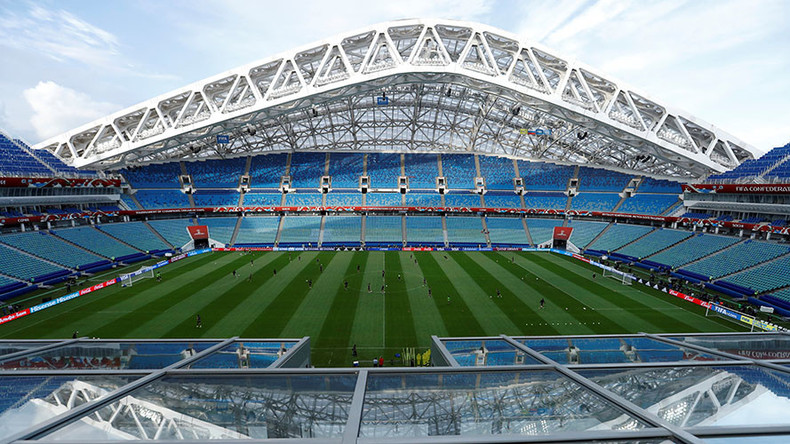
Fisht Olympic Stadium is an outdoor stadium in Sochi, Russia. The stadium is located in Sochi Olympic Park and named after Mount Fisht. It is a 48,000-capacity stadium that was constructed for the 2014 Winter Olympics and Paralympics.
Sochi is one of the best places in Russia to sample Caucasian cuisine. The best place to watch the FIFA World Cup on big screen for those who will not be inside the Fisht Olympic stadium is at the pubs. These pubs have the largest alcohol menus. Sochi has some great cafes for tea and coffee. The Black Sea is Russia’s number one summer destination, and for good reason Blue skies, azure waters lure holiday makers into relaxing under the warm summer sun.
Fisht Stadium will host six matches including four group games (Portugal v Spain, Belgium v Panama, Germany v Sweden, Australia v Peru), a Round of 16 match (Group A winner v Group B runner-up) and the fourth Quarter Final game (W51 v W52)
SAMARA ARENA, SAMARA
Samara Arena is a football stadium in Samara, Russia. Samara is the capital of the Samara Region and is home to 1.1 million people. It also hosts FC Krylia Sovetov Samara of the Russian Football National League and has a capacity of 44,918 spectators.
Industrial Samara is the gateway to the Volga region. You can visit the Samara Space Museum, have a drink at Zhiguli Brewery – Samara is affectionately known as the beer capital of a beer-loving country. Take a swim in the Volga at Samara Beach and make a day trip of trekking through the Zhiguli Heights. Samara has cultivated a healthy scene for the more alternative crowd. You can’t go past sticky carpet legend Podval, for live music and alternative DJs that work the crowd into a sweat in the mosh pit until the early hours.
Samara Arena will host six matches including four group games (Costa Rica v Serbia, Denmark v Australia, Uruguay v Russia, Senegal v Colombia), a Round of 16 match (Group E winner v Group F runner-up) and the third Quarter Final game (W55 v W56)
EKATERINBURG ARENA, YEKATERINBURG
Central Stadium is a multi-purpose stadium in Yekaterinburg, Russia. The capacity of the stadium is just over 35,000. It is one of 12 venues and it would be called Ekaterinburg Arena during the FIFA World Cup. Yekaterinburg also called Ekaterinburg, is the fourth-largest city in Russia. It is in the middle of the Eurasian continent, on the border of Asia and Europe.
Yekaterinburg is home to 60 museums and art galleries, which host some sensational rarities: like the Kasli iron cast pavilion at the Museum of Fine Arts – the opulently decorated pavilion won the Grand Prix at the Paris Expo 1900. The Beatles memorial in the centre of Yekaterinburg is probably the most symbolic place in the city: the Liverpool band (banned in the USSR) inspired the country’s most influential rock-club.
Ekaterinburg Arena will host four matches, all group games (Egypt v Uruguay, France v Peru, Japan v Senegal, Mexico v Sweden).
ROSTOV ARENA, ROSTOV-ON-DON
Rostov Arena is a football stadium in Rostov-on-Don, Russia. This Arena hosts FC Rostov matches in the Russian Premier League, It has a capacity of 45,000 spectators. Rostov-on-Don is situated about 1,109 kilometers southeast of Moscow.
Rostov-On-Don city offers more than football. The City has a specific unique outlook because of its rich historical and cultural heritage. You can visit the Pushkin Street – the biggest street in the city and undoubtedly the first place to go especially if you’re hungry.
Rostov Arena will host five matches, including four group games (Brazil v Switzerland, Uruguay v Saudi Arabia, Korea Republic v Mexico, Iceland v Croatia) and a Round of 16 match (Group G winner v Group H runner-up).
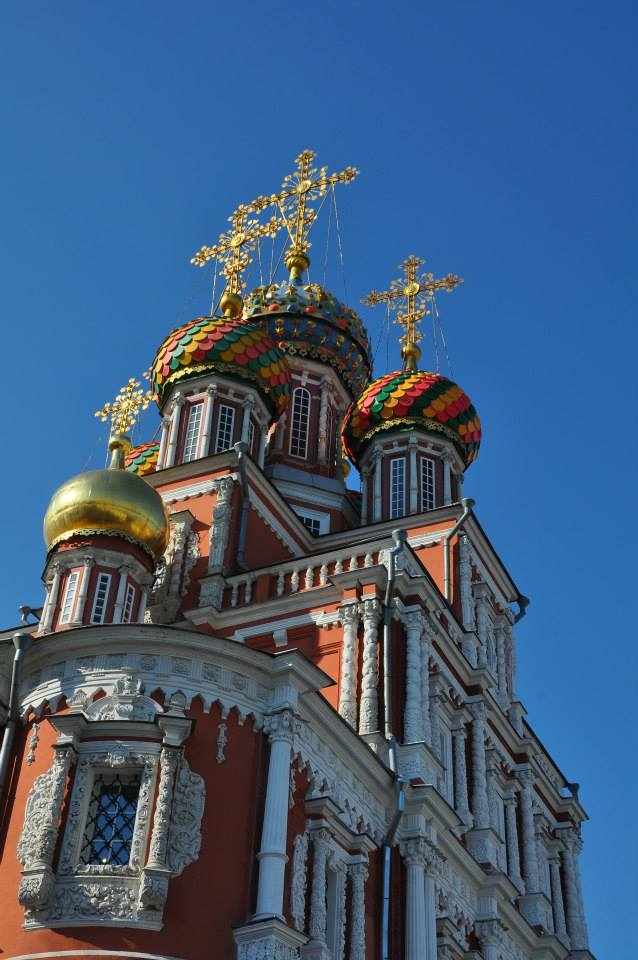
NIZHNY NOVGOROD STADIUM, NIZHNY NOVGOROD
Nizhny Novgorod Stadium is a football stadium in Nizhny Novgorod, Russia. It has a capacity of 44,899 spectators. This stadium was built for the 2018 FIFA World Cup in the historic area known as the Spit (Strelki), at the confluence of the two major rivers: the Volga and the Oka.
Nizhny Novgorod’s cablecar ride has become a favorite activity of tourists. The trip offers unparalleled opportunities to view the city’s gorgeous natural landscape from this bird’s eye position. Bolshaya Pokrovskaya Street transforms by night into a vibrant hub of evening activity and is the place to come for a night-out in the city. The National Centre of Contemporary Art is a place to visit. This top-ranking exhibition center houses regularly changing displays of both Russian and international art as well as interactive exhibits and a media library.
Nizhny Novgorod stadium will host six matches, including four group games (Sweden v Korea Republic, Argentina v Croatia, England v Panama, Switzerland v Costa Rica) a Round of 16 match (Group D winner v Group C runner-up) and a Quarter Final game (W49 v W50)
VOLGOGRAD ARENA, VOLGOGRAD
Volgograd Arena is a football stadium in Volgograd, Russia. It also hosts FC Rotor Volgograd and has a capacity of 45,568 spectators. The stadium was built on site of the demolished Central Stadium, at the foot of the Mamayev Kurgan memorial complex, near the Volga River.
Volgograd was formerly Stalingrad, the Battle ground during the Second World War. While Volgograd, one can enjoy a breezy cruise on the Volga River – it’s a 10 minute ride on a speed boat. A visit Mamai Hill is recommended, it is a place of significance to all Russians, and it is also the highest point in Volgograd. Explore Komsomol Park – the Garden of Love, a place where many married couples have their wedding photos taken. Lovers from all over the city often go for strolls here, as it is truly a romantic area.
Volgograd Arena will host four matches, all group games (Tunisia v England, Nigeria v Iceland, Saudi Arabia v Egypt, Japan v Poland).
MORDOVIA ARENA, SARANSK
Mordovia Arena is a football stadium in Saransk, Mordovia, Russia. It has a capacity of 44,442 spectators and also hosts FC Mordovia Saransk of the Russian Professional Football League. The Arena is located in the central part of the city and is within a walking distance of the city’s key infrastructure. The stadium design is based on the image of the sun, the main symbol of ancient myths and legends of the Mordovian people.
Saransk is a small city some 650 kilometers southeast of Moscow. Saransk, the capital of the Republic of Mordovia and home to only about 300,000 people. Mordovian Erzia Museum of Visual Arts is one of the attractive places to visit. The museum was named after Stepan Erzia, a very famous 20th-century Russian sculptor. Church of St. John the Apostle is the oldest building in Mordovia.
Mordovia Arena will host four matches, all group games (Peru v Denmark, Colombia v Japan, Iran v Portugal, Panama v Tunisia).
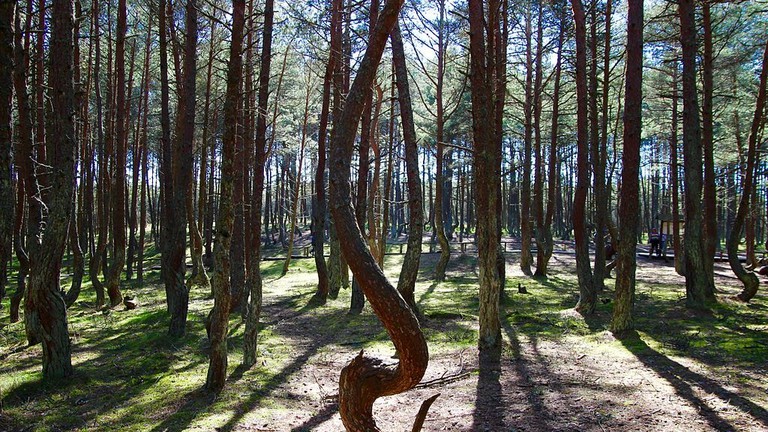
KALININGRAD STADIUM, KALININGRAD
Kaliningrad Stadium is also called Arena Baltika, is a football stadium in Oktyabrsky Island, Kaliningrad, Russia. It will also host FC Baltika Kaliningrad of the Russian Football National League. The stadium capacity is 35,212. This will be a two-tier stadium, equipped with ultramodern security systems. The stadium design is based on the concept of the Allianz Arena in Munich, Germany.
Kaliningrad, or “Little Russia,” as the locals call it, has gone through more than its fair share of historical turmoil: founded by the Teutonic Knights, it then belonged to the Kingdom of Poland, then to Prussia and the German Empire, only for it to finally become a part of the USSR and then Russia.
The Königsberg Cathedral is the most important Prussian building in Kaliningrad. The church was first built as a Catholic place of worship. A few kilometers north of the city, you can enjoy the view of the massive sand dunes, and dance in the Dancing Forest, where the trees are crooked in the most bizarre ways for reasons yet unknown.
Kaliningrad Stadium will host four matches, all group games (Croatia v Nigeria, Serbia v Switzerland, Spain v Morocco, England v Belgium).
Predict and win Big during the FIFA World Cup by visiting Babaijebu.ng